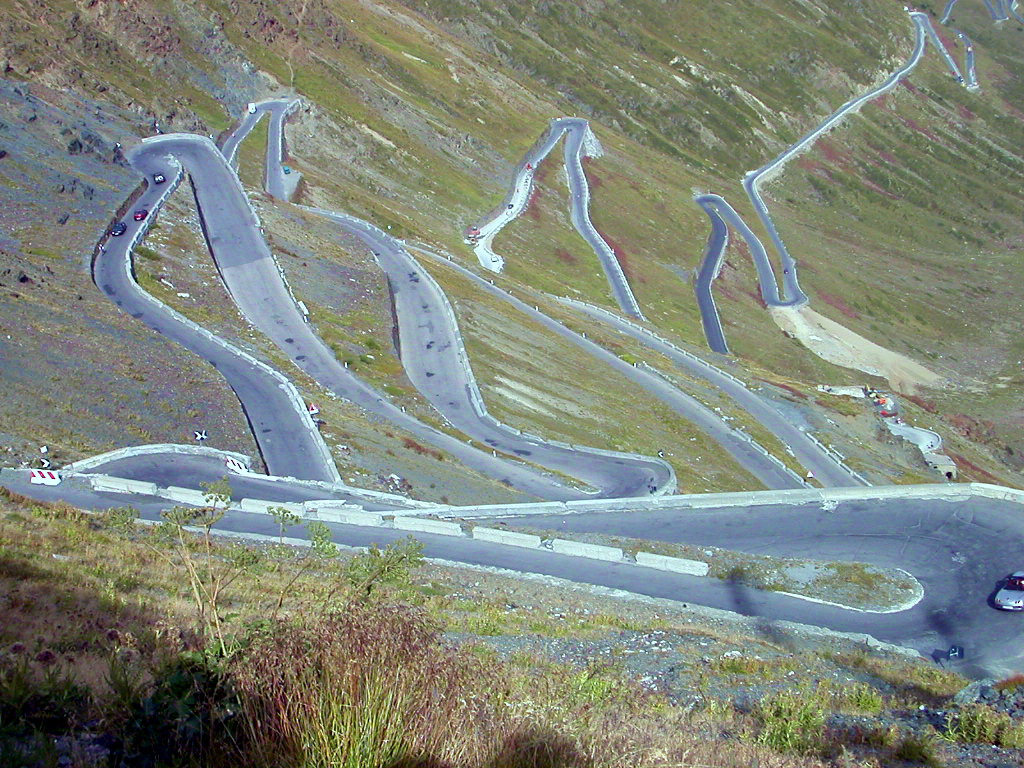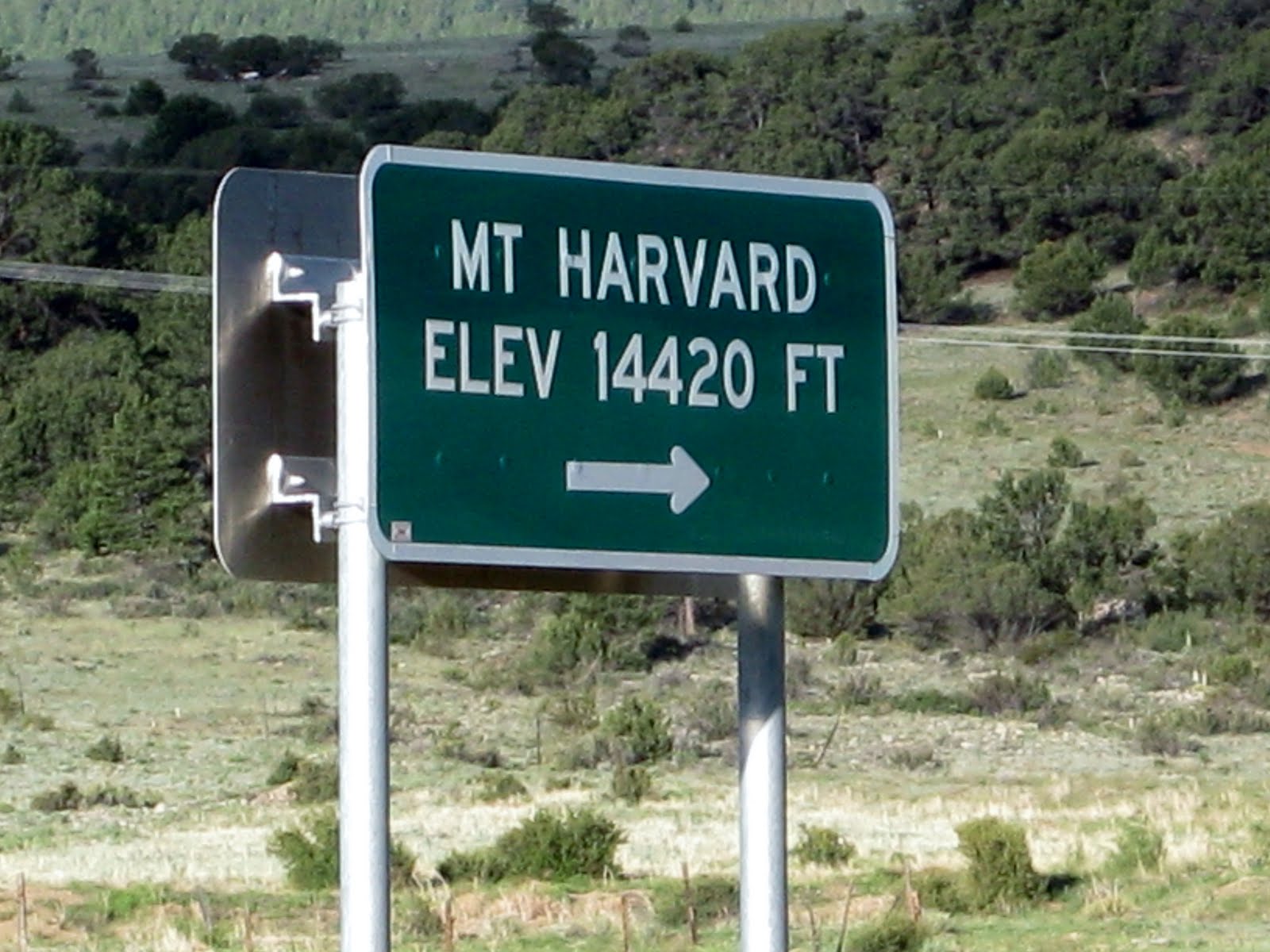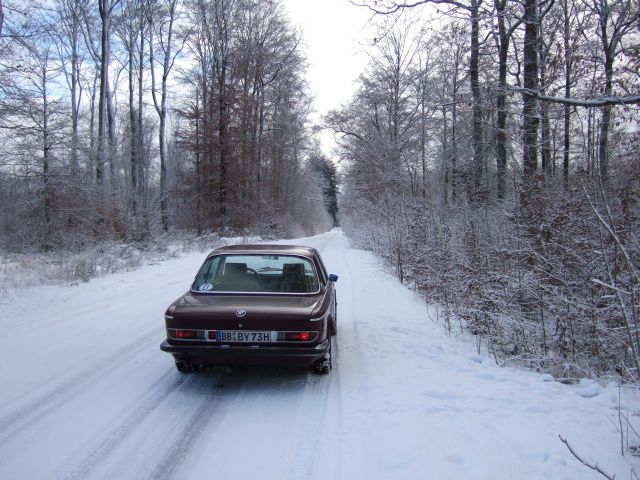Weber - High Altitude Tuning
While there is no exact formula for tuning or re-jetting a Weber carburetor for high altitude operation
(4000 feet or more), the following steps should help to maximize the available power. Keep in mind that there is nothing you can do to stop some power loss at high altitude, as this is going to happen, due to the lack of oxygen at high altitude. Simply put, there is less air to mix with the fuel. However, jetting the carb properly to get the correct fuel mixture is the key in maximizing performance. This applies to both single and multiple, side-draft and downdraft carbs.
Factory Calibrations and Set-Up Before you go tearing into your carb, the very first thing you need to do is make a record of the factory calibrations or set-up. In other words, what parts were in the carb when you pulled it out of the box. Make certain you designate the differences, if any, between the primary and secondary circuits. Never rely on a list you found somewhere on a website or in a book, that says what your carb might or should have came with. Instead, remove the top of the carb and actually remove the jets, emulsion tubes, air correctors, check the sizes, then WRITE THEM DOWN. Don't use a small piece of scrap paper that could get tossed out in the trash, write them down inside the front cover of your Ford or Weber service manual, or anywhere you'll have a permanent record that won't get lost. This way you'll always have the original factory settings if you ever need to refer or go back to them.
Idle Jets: You will normally need to drop 1 jet size for every 2000 feet, once you go above 3000 feet. For example, if you used a jet size of 50 at sea level, you would install a jet size of 40 at 4000 feet, or 35 at 6000 feet. Of course, this is assuming the engine ran properly at sea level.
Main Jets: You will normally need to drop 1 jet size for every 1000 feet, once you go above 3000 feet. For example, if you used a jet size of 160 at sea level, you would install a jet size of 140 at 4000 feet, 135 at 5000 feet, or 130 at 6000 feet. Again, this is assuming the engine ran properly at sea level.
Air Jets: You will normally need to increase 2 jet sizes for every 1000 feet, once you go above 3000 feet. For example, if you used a jet size of 140 at sea level, you would install a jet size of 220 at 4000 feet, 250 at 5000 feet, or 270 at 6000 feet. Once again this is assuming the engine ran properly at sea level.
Fl[o]at Levels and Fuel Pressure: No changes for High Altitude operation.
There is no shortcut or magic formulas for high altitude operation, you'll just have to work through it. The guidelines above are just starting points, or a rule of thumb. In the end, you'll probably need to invest in a range of jets, and tune the engine accordingly.



